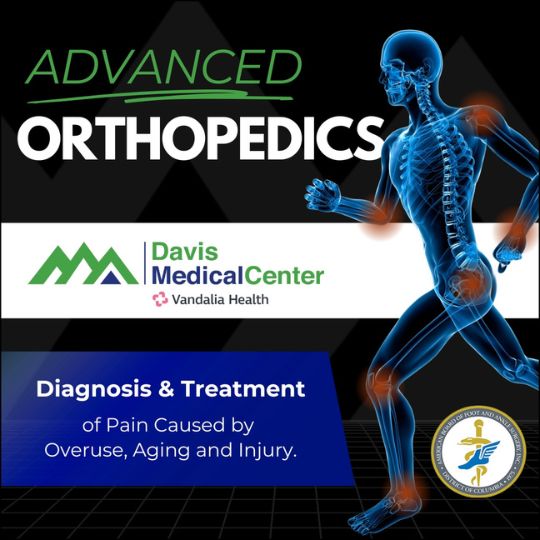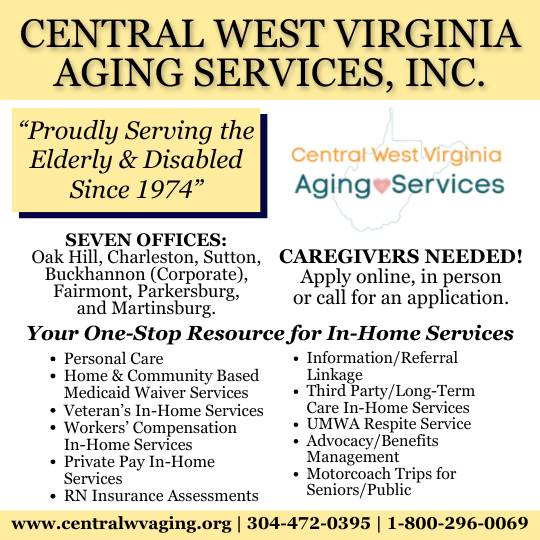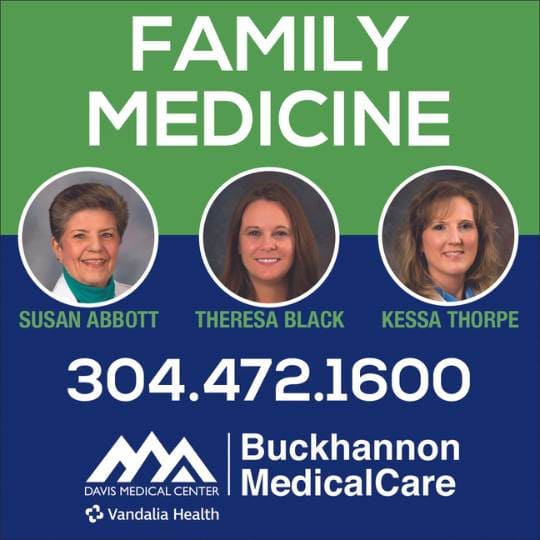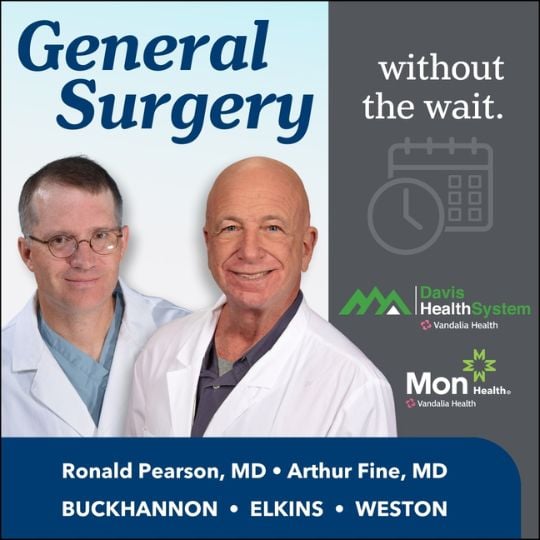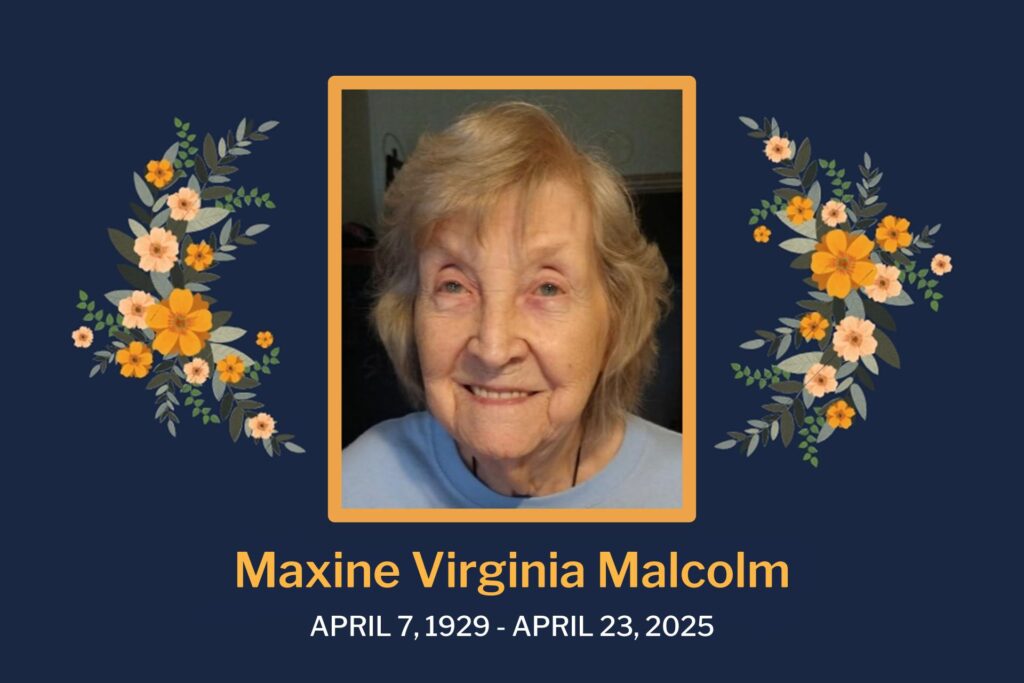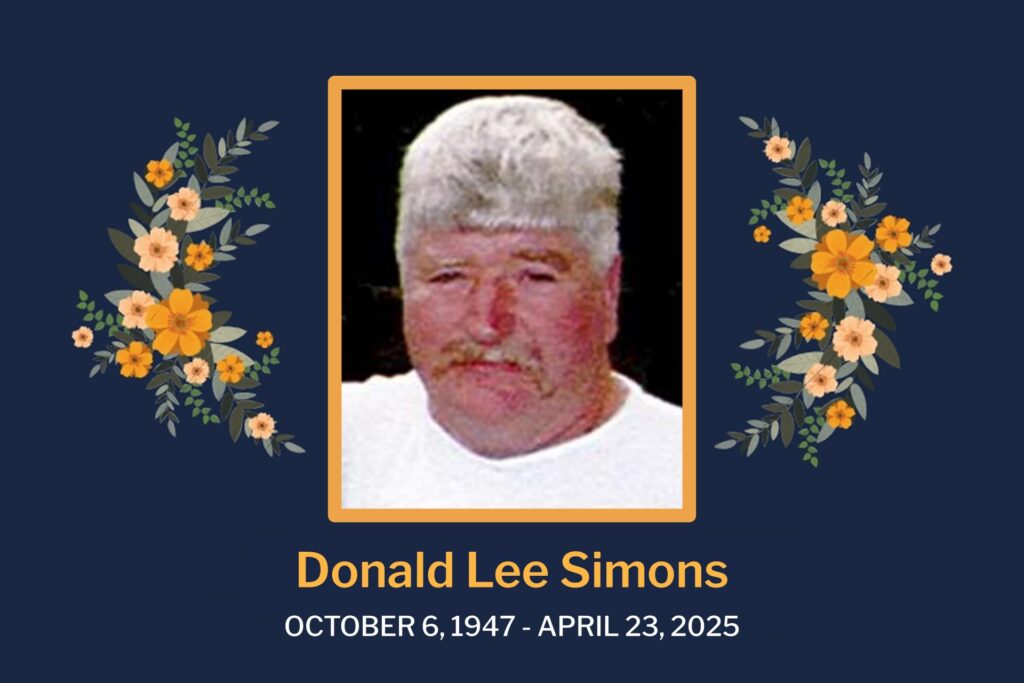This story was originally published by Mountain State Spotlight. Get stories like this delivered to your email inbox once a week; sign up for the free newsletter at https://mountainstatespotlight.org/newsletter
By Lauren Peace and Emily Allen, Mountain State Spotlight
As he began closing arguments in the landmark opioid trial that’s spanned the past three months in federal court in Charleston, Cabell County attorney Paul Farrell started with an equation.
In black text on a plain white background, Farrell projected a single slide. It read: 81,000,000/100,000 = opioid epidemic.
The first number is the number of highly addictive prescription pain pills distributed to Cabell County by the three companies on trial — AmerisourceBergen, Cardinal Health and McKesson — between 2006 and 2014. The second is the approximate number of people living in Cabell County.
And that equation, said Farrell, is what’s at the heart of this case. He returned to it multiple times over the course of the morning, before defense attorneys began their closing arguments in the afternoon.
“I could sit here for an entire day and go through all of the evidence,” Farrell told U.S. District Judge David Faber, recounting testimony from expert witnesses that provided perspective from the city, county, state, and national level.
Instead, the attorney broke down his argument into the eight main questions he said needed to be answered by the judge to find the defendants responsible and rule on abatement to help Cabell County and the City of Huntington. Farrell spent about an hour and a half laying those questions out before the judge, answering them largely by summarizing the submitted testimony of the 40 live witnesses and 28 video witnesses previously called upon.
1. Is there presently an opioid epidemic in Cabell County, West Virginia?
“We think definitively, you can sit here and check yes,” Farrell said.
Recalling the testimonies of experts including Marshall University neonatologist Dr. Joseph Werthammer and West Virginia University epidemiologist Dr. Judith Feinberg, Farrell pointed to the direct impact of the opioid epidemic on local residents.
He said 6,494 overdoses were identified between 2015 and 2020 in Cabell County, and 1,151 people died of an overdose between 2001 and 2018. An estimated 2,500 babies are living with neonatal abstinence syndrome in Cabell County. And 8,252 residents are suffering from opioid use disorder today.
2. Is the opioid epidemic a significant interference with public health and safety?
Farrell said that 10% of the community lives with an opioid use disorder and pointed to expert testimony on what that percentage means for the health of the overall community.
Throughout the trial, Huntington first responders testified that the crisis had exhausted local resources and that impact extended far beyond the individuals struggling with substance use.
It’s the argument the plaintiffs are basing their case on — that the influx of pills created a “public nuisance” felt by the entire community.
3. Was diversion of prescription opioids a [significant factor in fueling the opioid epidemic]?
Farrell said answering this question required just common sense and reason.
“The more pills out there, the more diversion there will be,” Farrell said. “But you don’t have to guess.”
Instead, he said, Faber should recall the testimony of former state health officer Dr. Rahul Gupta, who identified all 830 overdose deaths in West Virginia in 2016 and performed a form of contact tracing — following each case back to identify factors that contributed to each death.
“What he was able to determine was that there was a significant percentage of those that died that had prescription opioids [in their system] without a prescription,” Faber said.
4. Did the defendants have a duty to maintain effective control?
It’s a legal question. Farrell said the federal Controlled Substances Act was implemented to protect the public, by creating a system in which suspicious shipments were to be flagged and reported.
The defendants made the case during the trial that responsibility fell not on the distributors, but on the U.S. Drug Enforcement Administration. But Farrell asserted that even when citations were issued, the distributors continued to ship pills.
He pointed back to a video deposition from 2018 in which McKesson employee Nathan Hartle was questioned about the role the company played in the opioid epidemic.
“I think we are responsible for something,” Hartle said at the time.
5. Was the conduct of the defendants unreasonable?
“I think, I hope, I pray that we’ve provided overwhelming evidence [to support that],” Farrell said.
He argued that there are a plethora of words that have been used to describe the scale of the crisis and the volume of pills — mountainous, astronomical — but the only word that matters in this case is “unreasonable.”
“The conduct that the defendants engaged in will be measured by reasonableness,” Farrell said. “On its face, selling 81 million pills to a [county] of less than 100,000 is unreasonable.”
6. Did the volume of pills shipped significantly affect the health and safety of the entire community?
Farrell said statements made by expert witnesses from Johns Hopkins, Harvard and Columbia University show the answer was yes.
Columbia University epidemiologist Katherine Keyes testified that while the use of prescription opioids is no longer as prevalent, the flood of prescription pain pills can be linked to the present day epidemic which stems largely from heroin use, fentanyl and meth.
7. Is this problem abatable?
“Judge. We can make a difference,” Farrell said to Faber.
He stood behind the podium, both hands gripping the sides of the stand, as he described the need for increased and sustainable funding for programs that can help the community move through the crisis.

Emphasis throughout the trial was placed on the need for services that can help the whole person, and family, impacted by substance use. If the focus is only on getting people into treatment, Farrell argued, Cabell County will never heal.
“The point we’re trying to make here, judge, is we can reach them,” Farrell said. “We’ve designed an evidence based program that can make a difference.”
8. How much should be awarded?
In opening statements, attorneys for Huntington and Cabell County argued that more than $2 billion would be needed to abate the damages.
But in closing arguments, Farrell said the plaintiffs are seeking at least $1.7 billion. That number comes from a resiliency plan developed by the city, which lays out how money would be spent if awarded.
“The only real debate here is the number,” Farrell said, noting that earlier in the trial, a witness for the defense had evaluated that it would take just $644 million to implement programs to help the community recover.
“We can make a difference and save lives,” Farrell said. “We have the workers. We need the funding.”
Huntington takes its turn
Following Farrell, attorney Anne Kearse made the closing argument for the city of Huntington.
Kearse highlighted testimony from witnesses over the last several months, who told Judge Faber there’s no one type of person affected by opioid use disorder. And now, there’s not just one type of opioid affecting them; referring to testimony from Dr. Corey Waller in early May, Kearse pointed out Huntington and Cabell County residents are using non-prescription drugs, like heroin and fentanyl, to reach the same type of high with limited access to pills like hydrocodone and oxycodone.
Throughout the trial, distributors have tried to distance themselves from the city and county’s “gateway effect” arguments that the companies should be held liable for addictions to nonprescription opioids as well.
“It’s not an individual issue, it’s a community-wide issue,” Kearse said. “I think the evidence has been clear from our experts, our witnesses, that the opioid epidemic has been a community issue. They’ve treated it as a community issue, and they’ve worked together as a community to deal with the issues, and look to your honor to empower them to do more with that.”
Local witnesses like Huntington Fire Chief Jan Rader and former city Police Chief Skip Holbrook described in the first few weeks of trial starting their careers at a time when overdoses were uncommon, and then noticing cases — affecting their neighbors and the loved ones of those they work with — ramping up later in their careers.
Holbrook and Rader are among the community members, Kearse said, who helped form the city’s strategic plans for opioid response. Their previous work demonstrates the city’s capacity to implement a four-part “abatement plan” designed by Johns Hopkins University expert Dr. Caleb Alexander, according to Kearse.
Alexander testified during the sixth week of trial that the plan comes with a heavy focus on treatment options and a $2.5 billion price tag — exactly what the city and county are asking that distributors pay.
“The county and city have infrastructure within the community to do what they need to do,” Kearse said.
The first and only objection of the morning came just four minutes after Farrell began. Attorneys for the plaintiffs asked that all objections be submitted after Farrell concluded his arguments in order to avoid frequent disruption, and the judge agreed.
Reach reporter Emily Allen at emilyallen@mountainstatespotlight.org and Lauren Peace at laurenpeace@mountainstatespotlight.org


